Key Findings on Implementation Strategy for Persona-Based Access Control
-
The PBAC implementation strategy defines and enforces access based on user purpose, real-time context, and functional behavior, not static job roles.
-
It starts with persona discovery workshops to map out task-based access needs, risk profiles, and exceptions, such as contractors or role rotations.
-
Then, align data classification with persona requirements using ML-driven tagging and human QA to reduce oversharing and support AI copilots.
-
Next, design purpose-tied access policies using a structured syntax and test them with synthetic prompts to detect access gaps before rollout.
-
Finally, build observability into the go-live phase with real-time logs and persona snapshots, and maintain a continuous improvement loop through audits, drift reviews, and red-team exercises.
Why Persona-Based Access Control Implementation Demands a Purpose‑Built Strategy
Traditional Role-Based Access Control (RBAC) systems, built around static roles such as “HR manager” or “finance analyst,” fail to capture the dynamic nature of modern hybrid work environments. A Gallup report showed that 52% of remote-capable employees were in hybrid roles, and roughly 60% of them preferred hybrid over fully remote or entirely on-site setups. In such settings, an employee might change tasks multiple times per day, moving from budgeting tools to HR reviews or jumping from internal dashboards to client-facing platforms. Yet RBAC models assign privileges based on fixed job titles.
This mismatch introduces risk and friction. Over-permissioning becomes the norm, as RBAC over-generalizes access by anchoring it to job titles rather than task-specific context. By contrast, persona based access control implementation strategies adapt to function, not title. It evaluates access by analyzing what the user is doing, in what context, and for what purpose. For example, a product manager reviewing anonymized user feedback may need access to raw datasets, but only during specific sprint reviews. Outside of that temporal or task-specific context, access should be restricted. PBAC strategies dynamically adjust based on these functional shifts, whereas RBAC can’t do so without manual updates, which rarely occur on time.
PBAC is explicitly designed to control leakage, even when it is unintentional, indirect, and seemingly minor, because such incidents can still have serious consequences. Unlike RBAC or Attribute-Based Access Control (ABAC), PBAC considers the purpose behind an AI query.
Six Strategic Phases of PBAC Implementation
Implementing PBAC effectively requires a phased strategy that aligns security controls with business context, data sensitivity, and real-time user intent.
1. Persona Discovery Workshops
The first step is to understand how work happens in your organization. Persona discovery involves conducting interviews with business units to identify common tasks, tools, risk profiles, and data flows. It’s not limited to job titles; it’s about functional behavior. For example, two employees with the same title might use completely different tools and access levels depending on whether they’re working on internal operations or external partnerships.
According to Deloitte’s 2024 Global Human Capital Trends survey of 14,000 leaders in 95 countries, organizations that involve HR and Legal teams in designing identity and access management strategies are better equipped to align persona-based access control with workforce realities, including role rotations, compliance requirements, and dynamic task flows.
When done well, persona workshops generate a data-rich map of who needs access, when, and why. This map serves as the foundation for contextual policies, and uncovers edge cases, such as temporary contractors or high-risk transitions, that RBAC usually misses.
2. Data Classification Alignment
Once personas are defined, the next step is aligning data classification with persona access. This involves tagging systems, files, databases, and prompts with sensitivity levels and associating those tags with the “need-to-know” scope of each persona. For example, HR feedback loops might be classified as “Restricted-HR” and only accessible to personas who conduct performance reviews.
The best practice here is to use automated classifiers powered by machine learning to flag sensitive content, then apply human quality assurance to review borderline cases. Independent surveys and academic research consistently demonstrate that active learning and HITL approaches improve classification precision, particularly for complex or ambiguous data. Accuracy gains of 5-10% points over fully automated methods are common, depending on the context. Correct tagging reduces both oversharing and friction. But without proper alignment between classifications and access, policies break down, and AI copilots can’t distinguish between a financial draft and a final signed contract.
3. Policy Design & Simulation
Policy design is the intersection of personas and data. At this stage, organizations translate persona behavior into machine-readable, auditable rules. The syntax should be plain, logical, and purpose-tied. For example: “Product Manager can access customer feedback summaries in Miro for feature scoping.” Not “Marketing has read access to Miro.”
Expressing policies as “[Persona] can [Action] on [Asset] for [Purpose]” has two advantages. First, it enables explainability, which is vital for GDPR and AI Act compliance. Second, it simplifies audits, as each decision can be traced to a rule.
Before deployment, simulate policies with synthetic queries. This step is essential. Prompt simulation helps detect logic gaps, access leaks, or false denials before they impact live users. According to a 2025 Forrester analysis,simulation and adversarial testing leads to significant reductions in policy complexity and configuration mistakes during rollout.
Simulation isn't just QA. It’s a safety layer. AI queries often behave unpredictably; simulating how rules behave with AI inputs is vital to preventing inference-based oversharing.
4. Technology Integration
PBAC rules don’t live in isolation. They need to hook into existing identity, device, and data systems. This includes identity providers, endpoint protection systems, content management systems, and cloud security platforms. The goal is to analyze user claims (such as device health and MFA status), data sensitivity tags, and personas in real-time. If a device posture is non-compliant or a location is high-risk, the system should downgrade access or block the action.
Start with one high-value system. SharePoint is a common first choice because it’s central to document collaboration, supports native data labeling, and has robust API support. Here, a phased integration approach minimizes blast radius. Modular implementation of PBAC, starting with a single high-priority system rather than a full-stack rollout, reduces complexity and increases the velocity of dynamic access governance. Given that 83% of organizations experienced an insider attack in 2024, using a core system with comprehensive visibility and streamlined integrations enables teams to align personas, policies, and identity systems safely before scaling.
5. Go‑Live & Observability
Going live without observability is a blind launch. Organizations need real-time telemetry on access decisions, denied actions, AI oversharing control alerts, and system latency. Every decision should log a persona snapshot: who made the request, what data was accessed, what was the purpose, and what rule allowed or blocked it. This isn't just for compliance; it enables forensics. If a breach happens, you can replay access histories and prove containment.
Observability platforms should surface policy bottlenecks and access hotspots, allowing for proactive tuning. The ability to flag anomalous behavior, like a persona accessing new types of files, adds another layer of protection.
Finally, go-live does not mean you’re finished. Rather, it’s the moment when real-world data either validates or breaks your assumptions.
6. Continuous Improvement Loop
Personas drift, roles evolve, and access patterns shift. PBAC must keep pace. The final stage is the continuous improvement loop. This involves regularly conducting red-team exercises, auditing persona-to-access mappings, fine-tuning policies, and preparing for third-party compliance reviews. Red-team tests are critical for success at this stage. Simulate malicious insiders, compromised devices, and prompt injection attacks, and see if your persona rules hold. Schedule persona drift reviews quarterly, reviewing whether any personas have acquired permissions they no longer need. Use behavioral analytics to detect access anomalies. Enforcing least privilege is not a one-time deal, but an ongoing process.
Common Pitfalls & How to Avoid Them
Successful PBAC adoption requires more than just technical setup; it demands foresight to avoid pitfalls. This section outlines the most common implementation failures and recommendations on how to prevent them.
Over‑Proliferation of Personas
PBAC implementations often start with enthusiasm but drift into chaos when every job title becomes a separate persona. This fragmentation results in duplicated rules, bloated policy sets, and increased maintenance overhead. The fix is aligning personas by task similarity, not HR org charts. A developer reviewing sensitive logs and a DevOps engineer applying patches might belong to different departments but share access context and risk vectors.
Merge personas when their functional access needs and risk profiles overlap. It simplifies your model and improves policy coverage without compromising granularity.
Policy Rule Explosion
Without strategic abstraction, PBAC rules can become overly complex, especially when every data label is individually tied to a unique persona-action pair. This complexity scales exponentially with each new use case.
Purpose-tags group similar access intents (“financial reporting,” “customer support triage”) across roles and resources. This reduces policy duplication and improves explainability while allowing the system to generalize when appropriate and specialize only when risk warrants it.
Lack of Explainability
Modern access control isn’t just about “yes/no” permissions; it’s focused on why. PBAC without explainability is a compliance liability. GDPR, HIPAA, and now the EU AI Act all emphasize the right to an explanation for automated decisions, specifically when AI tools like Copilot drive data access.
Logs must include not only the decision (allow/deny), but also the persona, the purpose, the data classification, and the rationale behind it. Enforcing a decision rationale within your PBAC schema helps ensure audit readiness, user transparency, and agility in incident investigations.
Ignoring AI Output
This is the most commonly overlooked risk. AI tools don’t leak information the way humans do; they synthesize it. An LLM doesn’t need to access a single sensitive document to create a sensitive output. It can infer it from fragments. Traditional tools like DLP and Purview weren’t designed for inference engines like Copilot.
Modern enterprises must work to detect patterns where AI search tools inadvertently correlate information from multiple restricted sources to generate unauthorized disclosures.
How Knostic Automates PBAC Best Practices
Knostic extends AI governance beyond static file labeling by continuously analyzing LLM interactions to detect overexposure of sensitive knowledge based on response analysis and inference context. This approach enables dynamic classification based on access patterns and business context, uncovering exposure pathways that are not visible to conventional RBAC or DLP systems.
The platform simulates realistic queries across enterprise AI tools, such as Copilot and Glean, mimicking diverse user roles to reveal inference-based compliance violations before rollout, as well as providing continuous monitoring post-launch.
Knostic builds audit-ready explainability trails by tracing AI responses to their source documents, user personas, context, and applied policies. These tamper-evident logs support regulatory compliance and forensic investigations by visually mapping how sensitive knowledge flows from prompt to answer.
What’s Next
To learn how to move from policy intent to safe, automated enforcement, download our LLM Data Governance White Paper: https://www.knostic.ai/llm-data-governance-white-paper
FAQ
• What is the first step when launching a PBAC program?
Start with persona discovery workshops to map tasks, data needs, and risks (not just roles). Involve Legal, HR, and Security early to align personas with compliance. Skipping this step results in role-based policies that lack context, foster over-permissioning, and create audit gaps.
• Can PBAC stop AI oversharing from tools like Copilot or Glean?
Yes. When properly implemented at the inference layer, not just the file system. PBAC prevents tools like Copilot from oversharing by enforcing context-aware policies before responses are generated.
• How is PBAC different from RBAC, and should we replace roles entirely?
PBAC builds on RBAC by adding purpose and context to access decisions. Instead of replacing roles, it layers on dynamic rules, ensuring access is precise, scalable, and regulation-ready. So, no, don’t throw away roles; instead, layer them with purpose, context, and policy logic to make access decisions dynamically enforceable and regulation-ready.

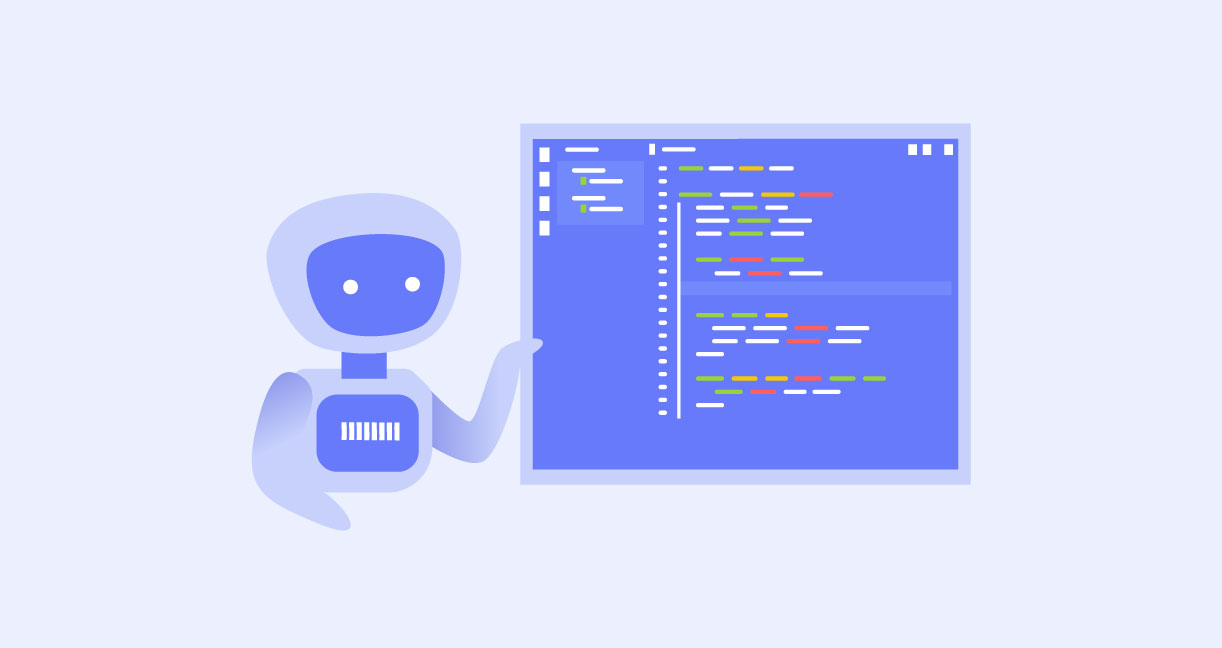
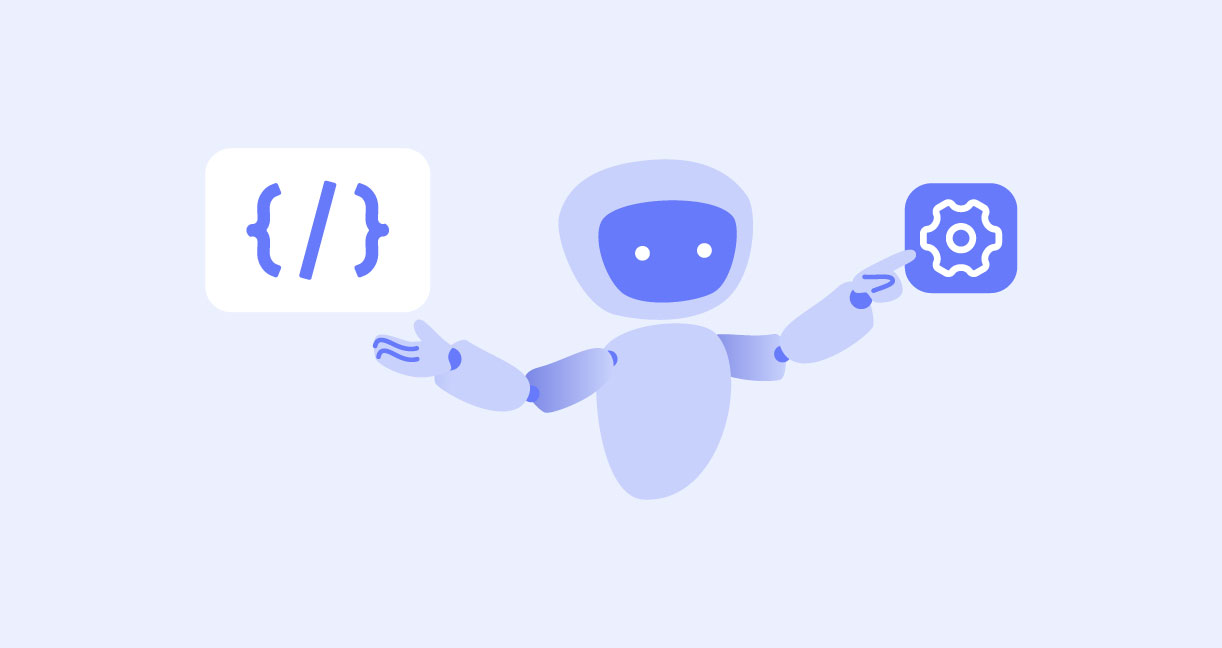



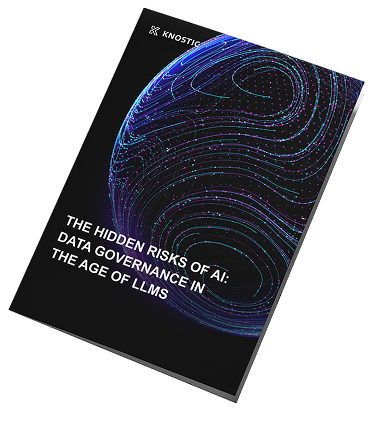
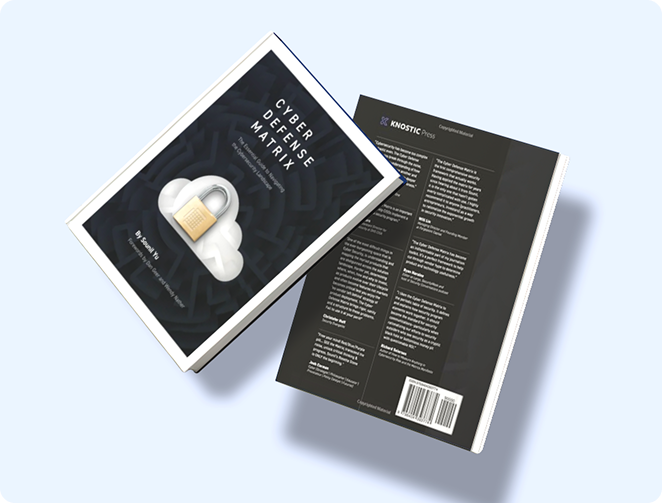
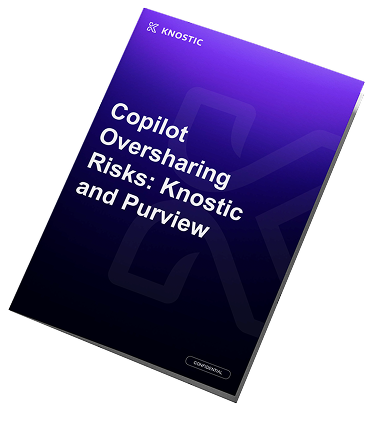
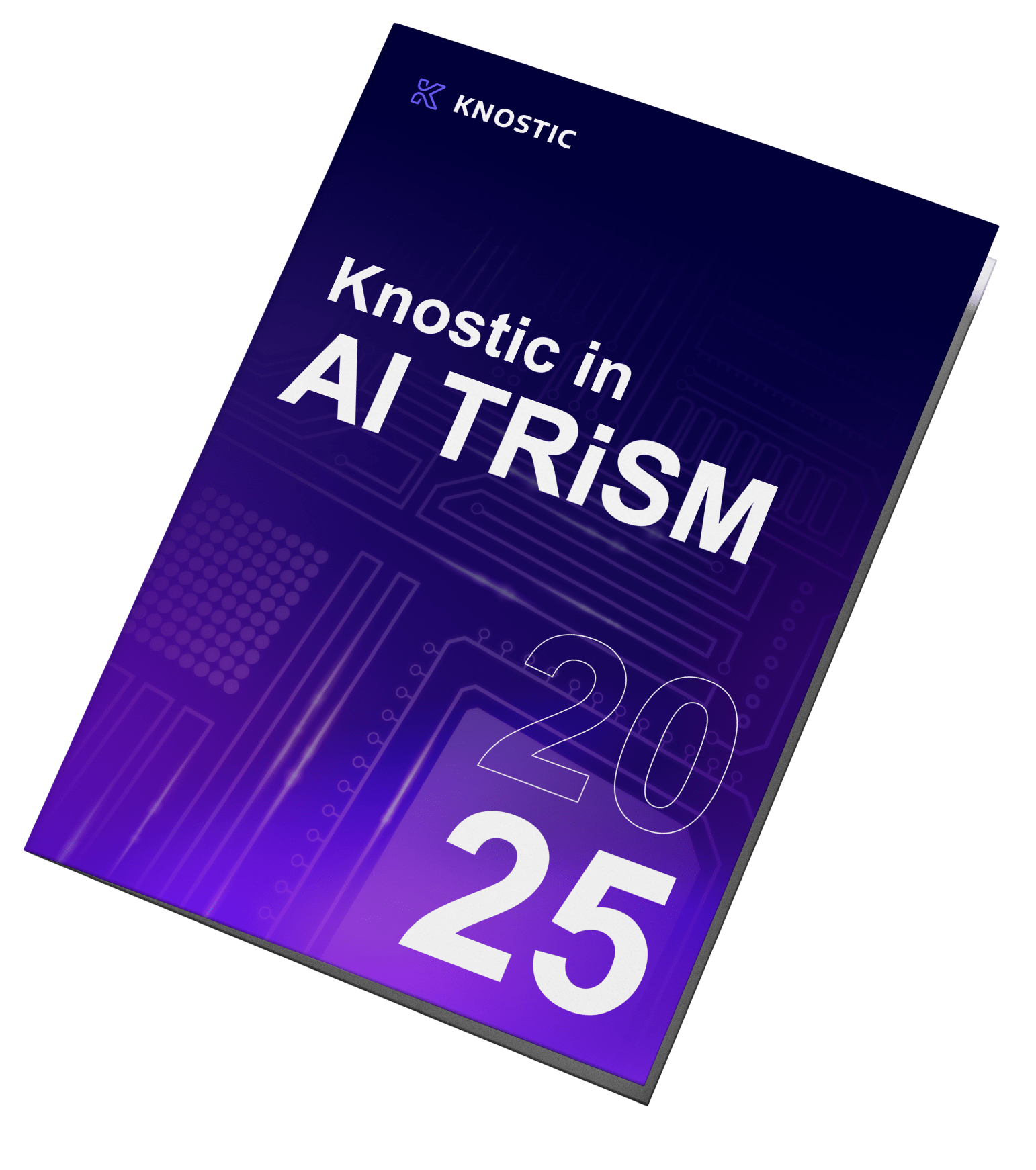
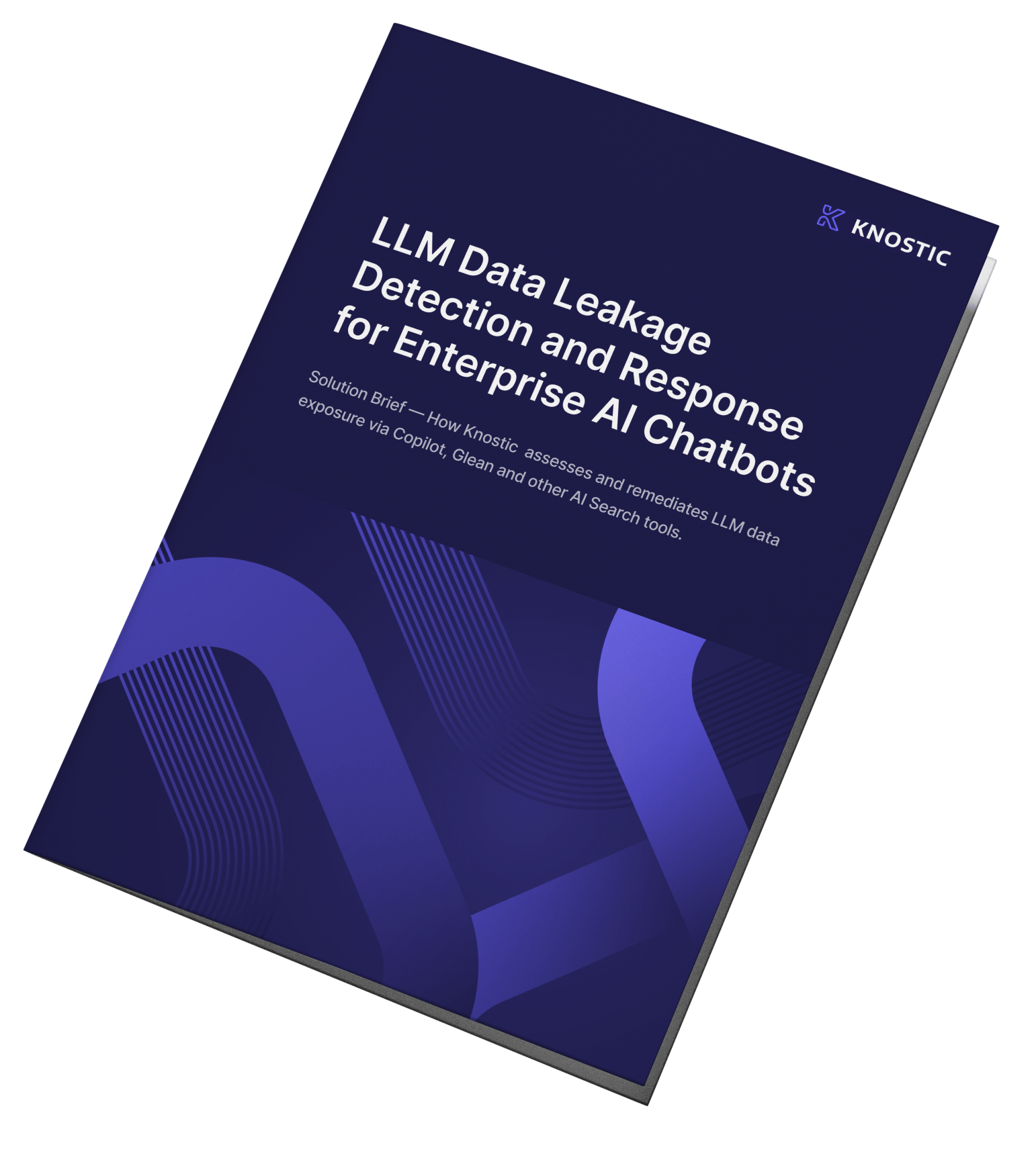
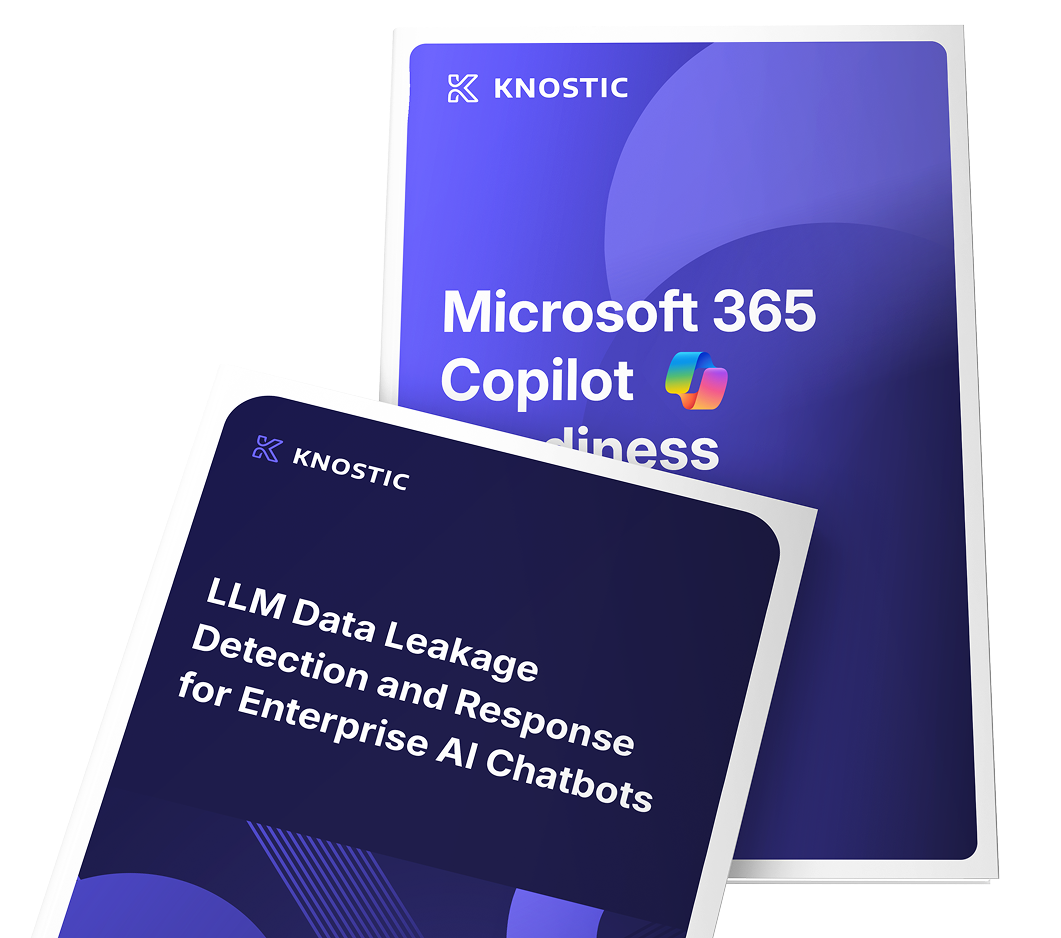
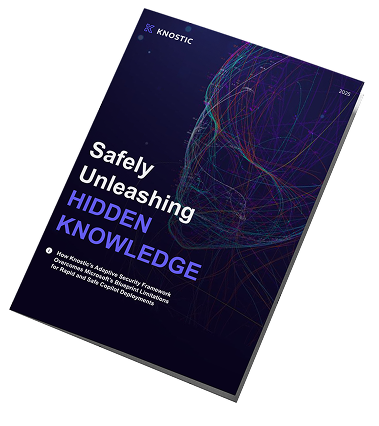
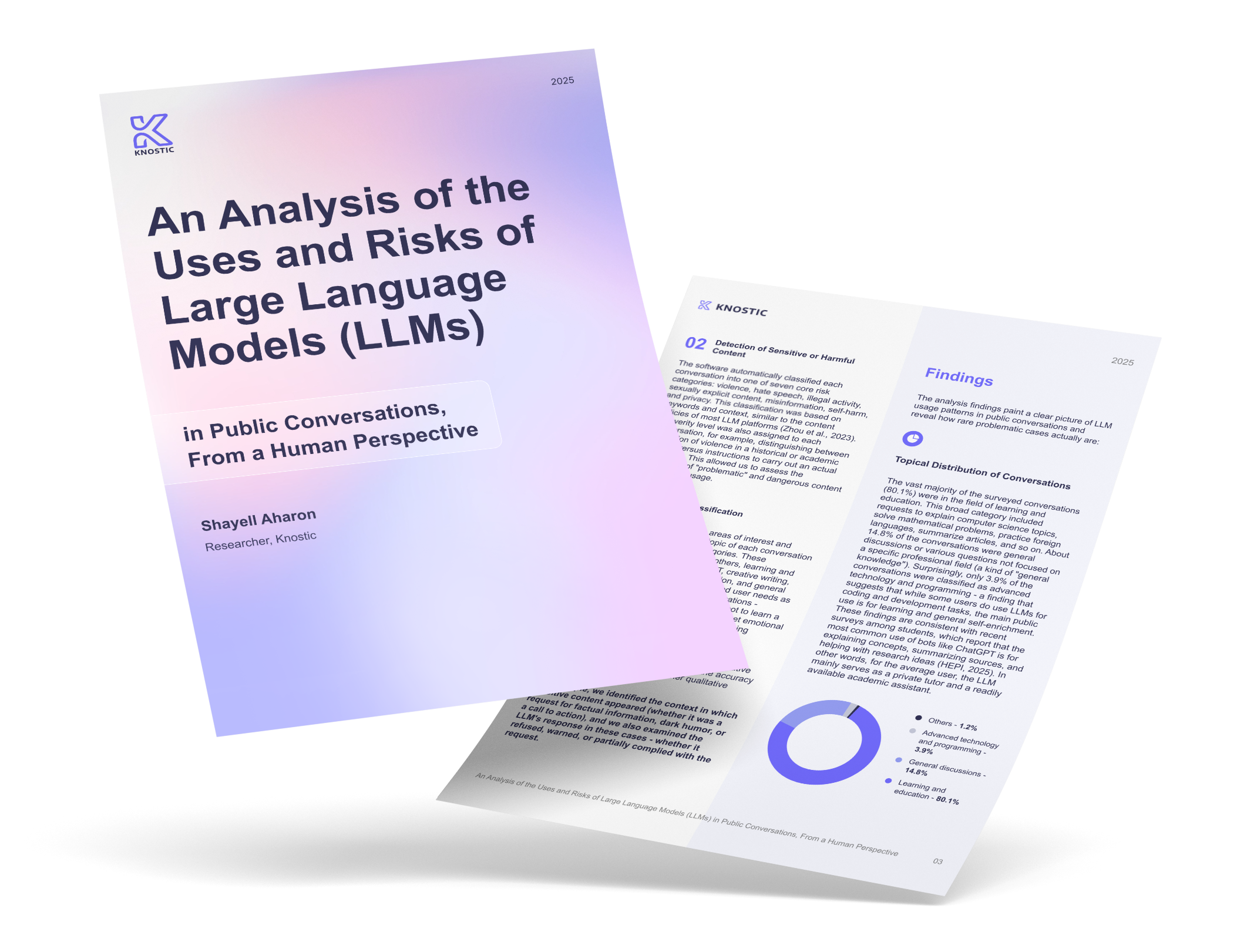





-vs-Persona-based-access-controls-(PBAC).png?width=520&height=294&name=Role-based-(RBAC)-vs-Persona-based-access-controls-(PBAC).png)
